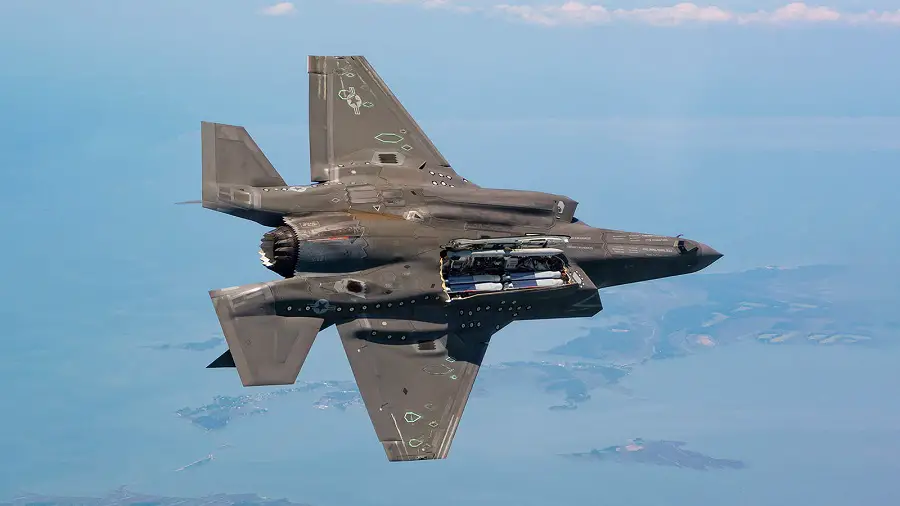The U.S. State Department has made a determination approving a possible Foreign Military Sale to the Government of Italy of Small Diameter Bomb II and related equipment for an estimated cost of $150 million. This proposed sale will support the foreign policy goals and national security objectives of the United States by improving the security of a NATO Ally that is a force for political stability and economic progress in Europe. The proposed sale will improve Italy’s capability to meet current and future threats by improving the Italian Air Force and Navy’s F-35 weapons capabilities. It will also advance United States interoperability with NATO and the Italian Armed Forces. Italy already has the SDB-II in its inventory and will have no difficulty absorbing this equipment into its armed forces. The principal contractor will be RTX Corporation, Arlington, VA. There are no known offset agreements proposed in connection with this potential sale.
The Government of Italy has requested to buy one hundred twenty-five (125) Guided Bomb Unit (GBU)-53/B Small Diameter Bombs-Increment II (SDB-II) All-Up-Rounds (AURs); and eight (8) GBU-53/B SDB-II Captive Carry Reliability Tests (CCRTs) that will be added to a previously implemented case whose value was under the congressional notification threshold. The original FMS case, valued at $22.5 million ($9.7 million in MDE), included twenty-four (24) GBU-53/B SDB-II AURs; and four (4) GBU-53/B SDB-II CCRTs. The Government of Italy has also requested a new FMS case that includes twenty-four (24) GBU-53/B SDB-II AURs; and two (2) GBU-53/B SDB-II CCRTs. This notification is for a combined total of one hundred seventy-three (173) GBU-53/B SDB-II AURs; and fourteen (14) GBU-53/B SDB-II CCRTs. Also included are SDB-II Weapon Load Crew Trainers (WLCT) and Practical Explosive Ordnance Disposal Trainers (PEST); munitions support and other related elements of logistics and program support.

The Small Diameter Bomb II or the GBU-53/B StormBreaker is an American air-launched, precision-guided glide bomb. Development was started in 2006 for a 250 pounds (113 kg) class bomb that can identify and strike mobile targets from standoff distances in all weather conditions. It is integrated on the F-15E Strike Eagle and F/A-18 Hornet and will be integrated into the F-35 Lightning fighter. Its first flight was announced on May 1, 2009. A contract to start low rate initial production was awarded to Raytheon in June 2015. The bomb is developed and manufactured by Raytheon. The bomb can use GPS/INS to guide itself into the general vicinity of a moving target during the initial search phase, with course correction updates provided using a Link 16 over UHF data link. The bomb has three modes of target acquisition: millimeter-wave radar, infrared homing using an uncooled imaging seeker, and semi-active laser homing.
The weapon is capable of fusing the information from the sensors to classify the target and can prioritize certain types of targets as desired when used in semi-autonomous mode. The shaped charge warhead in the bomb has both blast and fragmentation effects, which makes it effective against infantry, armor (including MBTs), unhardened structures and buildings, as well as patrol craft sized boats and other soft targets. An important feature of the new weapon is maximizing the number of bombs carried by the strike aircraft. The bomb would be the first purpose-built no-drive zone enforcement weapon. Eight bombs along with two AIM-120 AMRAAM missiles can be carried in the weapons bay of the F-22 Raptor or the F-35 Lightning II (even the STOVL F-35B). The SDB II bomb rack originally did not fit inside the smaller F-35B weapons bay. A modification will be provided to coincide with the software package. An F-35 can carry 24 total bombs, 8 internally and 16 externally.















